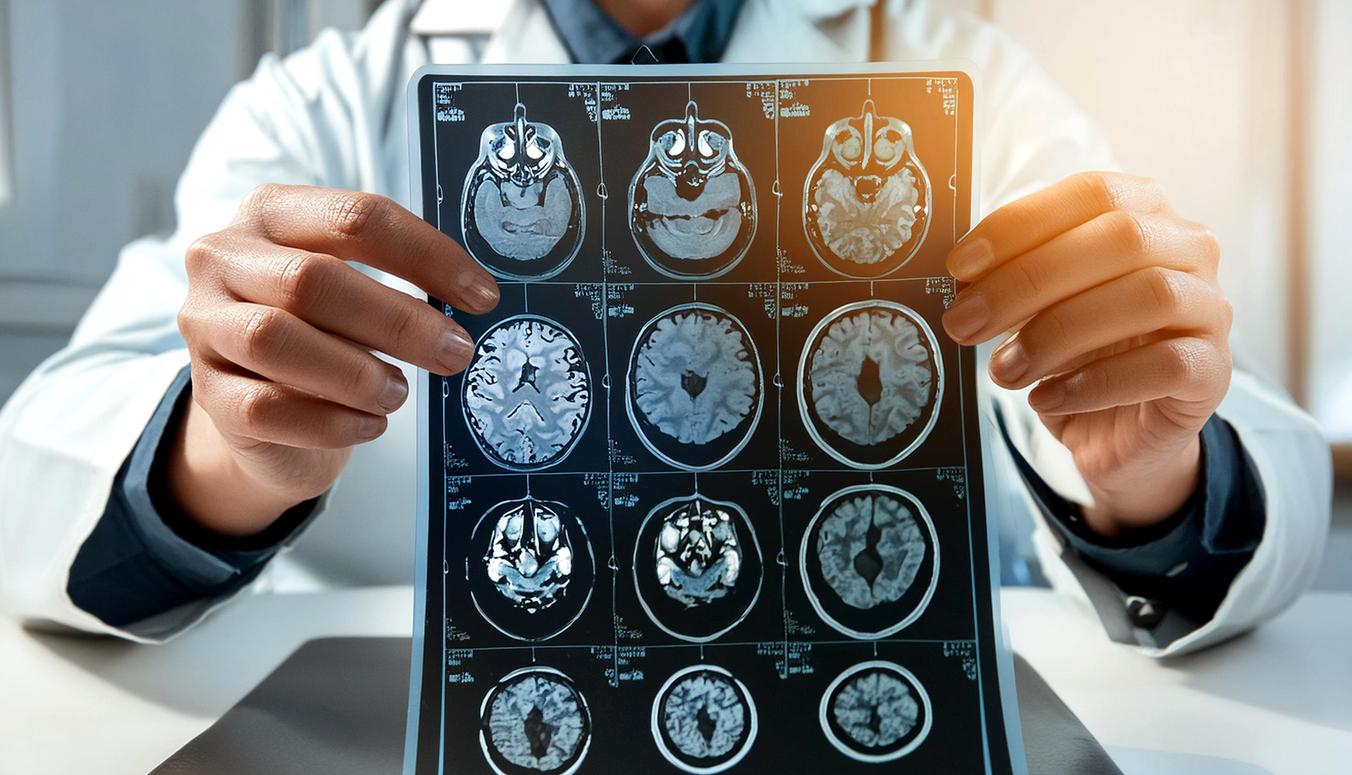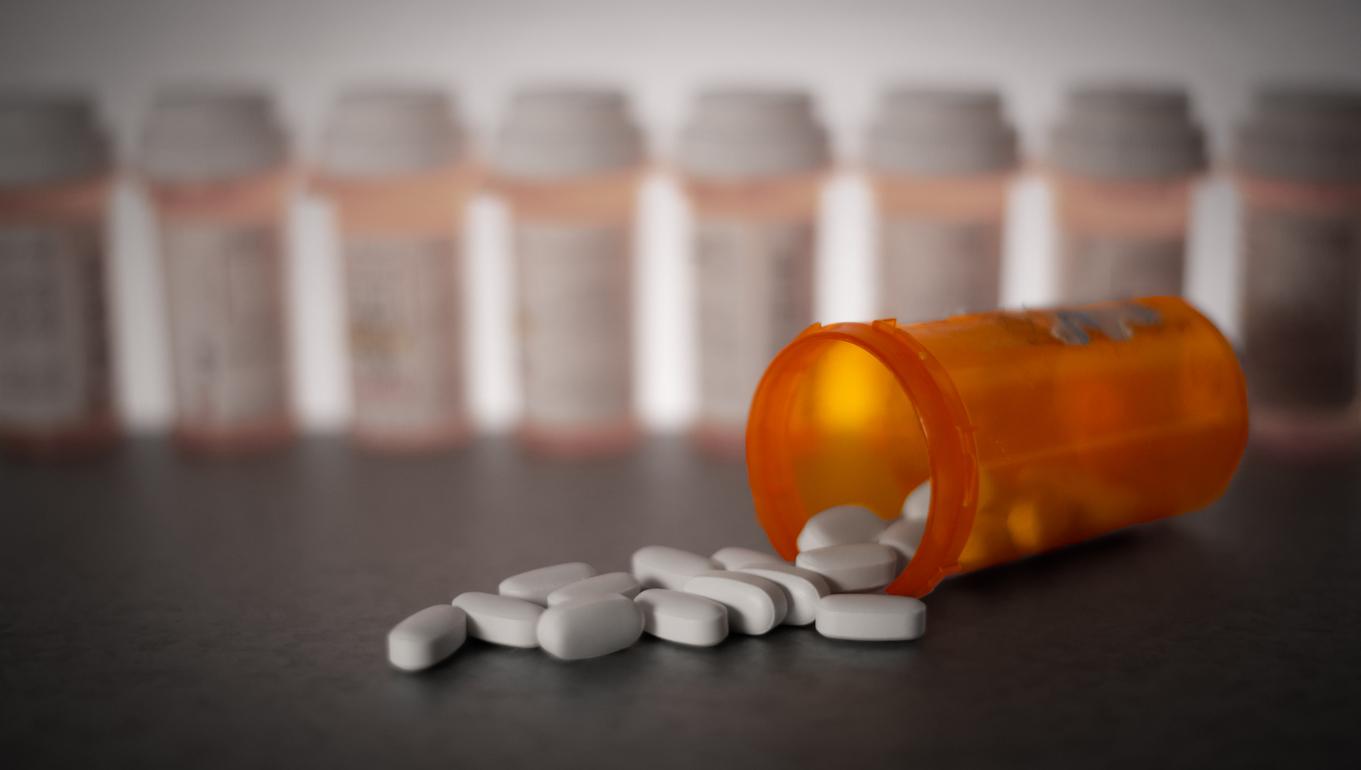Impulse control disorders strike nearly half (46%) of PD patients treated with dopamine agonists, synthetic drugs that mimic the action of dopamine, according to a new French study. This is much more than the general population (3%).

A new French study confirms that some treatments against Parkinson’s disease trigger significant “impulse control disorders”. “These are people who are going to ruin themselves at the casino, get up at night to empty their fridge, or have an overflowing sexuality. They can for example be arrested for exhibitionism or divorce because they have multiplied the conquests”, explains Dr. Jean-Christophe Corvol, neurologist at Pitié-Salpétrière, in Paris. “They are going to start buying luxury cars. A patient who had a lot of money said he had bought a Porsche, and his wife was correcting: no, you bought four at once,” he continues. .
411 parkinsonian patients were followed for 5 years. The results, published in the journal Neurology, conclude that impulse control disorders “strike nearly half (46%) of patients treated with dopamine agonists”, these synthetic drugs which mimic the action of dopamine. In the general population, the prevalence of behavioral disorders is estimated between 2 and 3%.
Games, hypersexuality, compulsive shopping, eating disorders
These side effects increase with the dose and the duration of treatment, as they disappear with its discontinuation. “If we stop the treatment, it disappears within a year in most,” says Dr. Corvol. The main interest of the study is that the association between impulse control disorders and dopamine agonists is greater than previously thought. Until now, the prevalence of these disorders has been estimated between 10 and 17%. “The entourage does not realize it at the start, while when we warn the couple for example, there is vigilance”, warns Jean-Christophe Corvol, in order to improve the prevention of these disorders.
According to the Diagnostic and Statistical Manual of Mental Disorders (DSM, 4th revised edition), the major characteristic of behavioral disorders is “the failure to be able to resist an urge, behavior or the temptation to perform an act that is harmful to oneself or to other people “. The diagnostic criteria for this pathology share many characteristics with substance addiction, and is called “behavioral addiction” in the 5th edition of the DSM. There is a considerable variety of clinical expressions of behavioral disorders. In Parkinson’s disease, the most common are pathological gambling, hypersexuality, compulsive shopping or eating disorders.
Parkinson’s disease is the neurological disease which increased the most between 1990 and 2015: the number of its victims doubled. At the end of 2015, the number of Parkinson’s patients treated was around 160,000, with around 25,000 new cases per year. 17% of new cases were under the age of 65. By 2030, the number of parkinsonian patients will have increased by 56% compared to 2015, with one in 120 people over the age of 45.
An increased risk of falls
The average age of death for patients with Parkinson’s disease is 84 years: more than 90% of deaths occur after 70 years, even if the crude death rate increases rapidly after 65 years. Statistics show that women and young people are more likely to die than other patients. The main causes of death in people with Parkinson’s are falls and the development of dementia, two common complications of neurological disease. Cancers kill much less among this category of patients, who generally do not smoke.
Even more worrying, the contact with pesticides greatly increases the risk of developing Parkinson’s disease. Farmers are thus 10% more likely to contract the disease than the general population. Residents of French agricultural areas could also have a greater chance of suffering from Parkinson’s disease.
Parkinson’s disease is a neurodegenerative disease characterized by motor and non-motor symptoms. As it progresses, patients will face an increased risk of dependence, in particular due to motor complications (dyskinesias, fluctuations, falls) and cognitive (cognitive decline, hallucinations, dementia).

.















